http://en.wikipedia.org/wiki/Volga_Tatars
- Quote:
THIS IMAGE HAS BEEN COMPRESSED. CLICK TO VIEW THE FULL-SIZE VERSION.









THIS IMAGE HAS BEEN COMPRESSED. CLICK TO VIEW THE FULL-SIZE VERSION.

THIS IMAGE HAS BEEN COMPRESSED. CLICK TO VIEW THE FULL-SIZE VERSION.







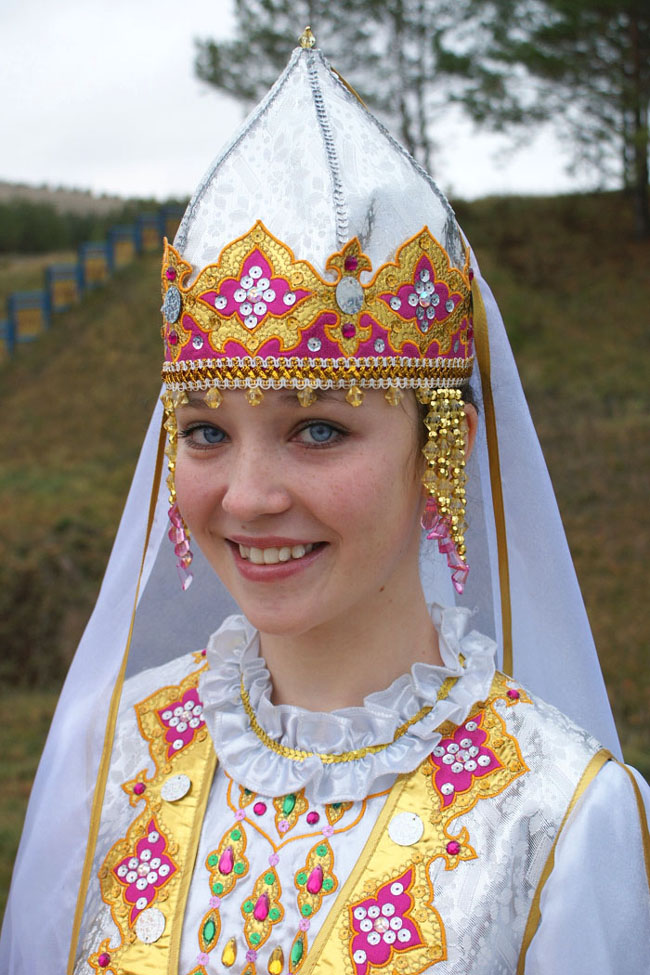













(21).jpg)


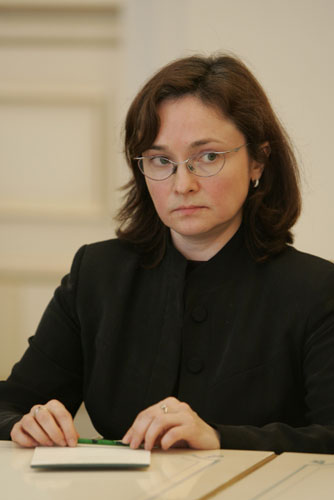




































Crimean Tatars:
http://en.wikipedia.org/wiki/Crimean_Tatars
- Quote:


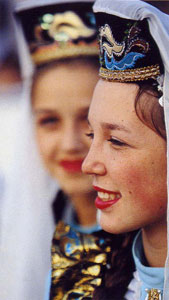




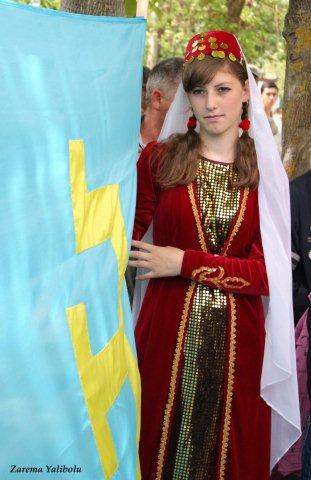
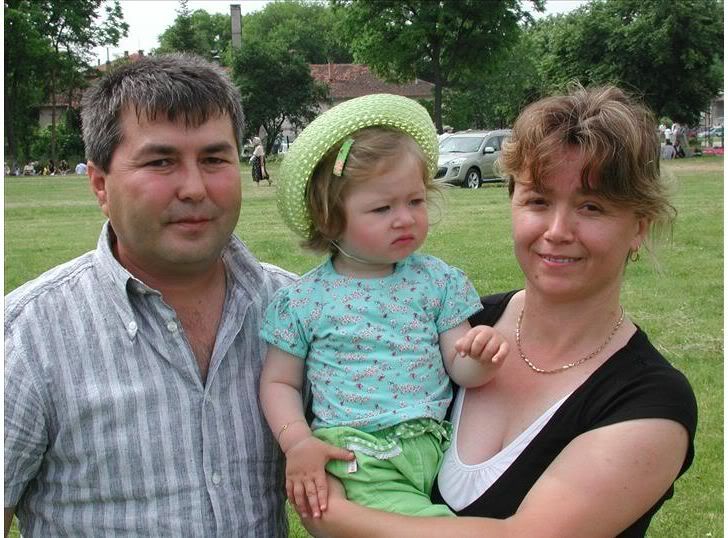
Lipka Tatars:
http://en.wikipedia.org/wiki/Lipka_Tatars
- Quote:
The Lipka Tatar origins can be traced back to the descendant states of the Mongol Empire of Genghis Khan - the White Horde, the Golden Horde, the Crimean Khanate and Kazan Khanate. They initially served as a noble military caste but later they became urban-dwellers known for their crafts, horses and gardening skills. Throughout centuries they resisted assimilation and kept their traditional lifestyle. While they remained very attached to their religions, over time however, they lost their original Tatar language and for the most part adopted Polish.[2] There are still small groups of Lipka Tatars living in today's Belarus, Lithuania and Poland, as well as their communities in United States.



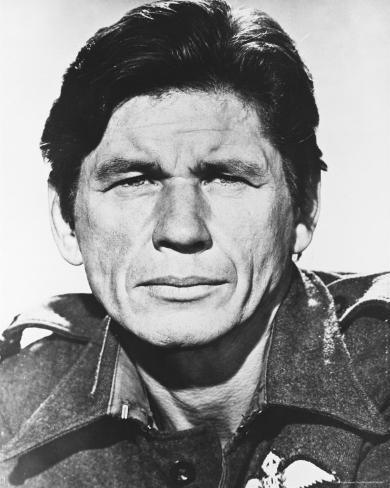



Kazan Tatar

























Elmira Abdrazakova, Miss Russia 2013:


More Tatar Girls:


Alina Kabaeva, half Russian, half Tatar:














http://s1.zetaboards.com/anthroscape/topic/5118465/1/